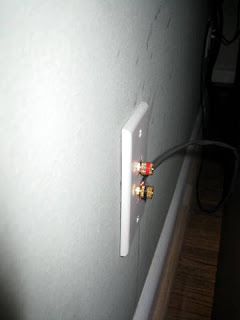As part of our remodel, we get to pick new appliances. We currently have an electric glass top and it’s awful. Slow response time and imprecise heat control. When looking at appliances for the new kitchen I knew I wanted anything other than an electric range. There are two heating technologies worth looking at when picking a new range: Gas and Induction.
 |
| Gas Burner (Wikipedia) |
Gas
People have been cooking with gas since the 1820s, it’s about as simple as it gets: gas burns, burning gas makes heat, heat cooks food. Not a whole lot has changed in gas ranges since the 1820s, the mechanics are basically the same: gas flows through a valve into a burner which disperses the gas and burns it in a pattern. Since the 1820s the ranges have gotten more efficient and safer, we have electric igniters, safety valves and smarter burner designs. Gas is also the way most restaurants cook. My last house had a gas range and I really miss it.
 |
| Induction in action (GE) |
Induction
Induction heats in a way that’s completely different from the traditional electric or gas range. Induction heats by inducing heat in the cooking vessel rather than transferring heat to the cooking vessel. In induction cooking, the pot itself generates the heat! Induction works by using a high power electromagnet in the hob (the equivalent of a burner on a gas range) induces heat in the pan.
 |
| Inside of an induction hob (Wikipedia) |
Induction is very responsive, heats up quickly, cools down quickly and since it only generates heat in the pan is super efficient. The picture at the top of this section is of an induction hob that’s not melting ice while boiling water. Induction is very popular in Europe and Asia and is developing quite the following in the US. One of the odd limitations of induction is that it requires pans to have some iron content. This is because induction only works with pans that respond to magnets. In my case this isn’t a big deal, all of my pans are either All-Clad or some form of cast iron (I’ll have a future post on cookware).
Which one?
In looking for a new range, I had a few requirements:
- Responsive – Quick to heat, quick to cool.
- High Heat – We do a lot of searing, so I need to be able to get a pan really hot.
- Reliable – Nobody likes calling a service company.
Induction is clearly more powerful, but I think it’s a moot victory. I’m looking at a high end gas range or a high end induction and I don’t think it matters at that level which is more powerful.










